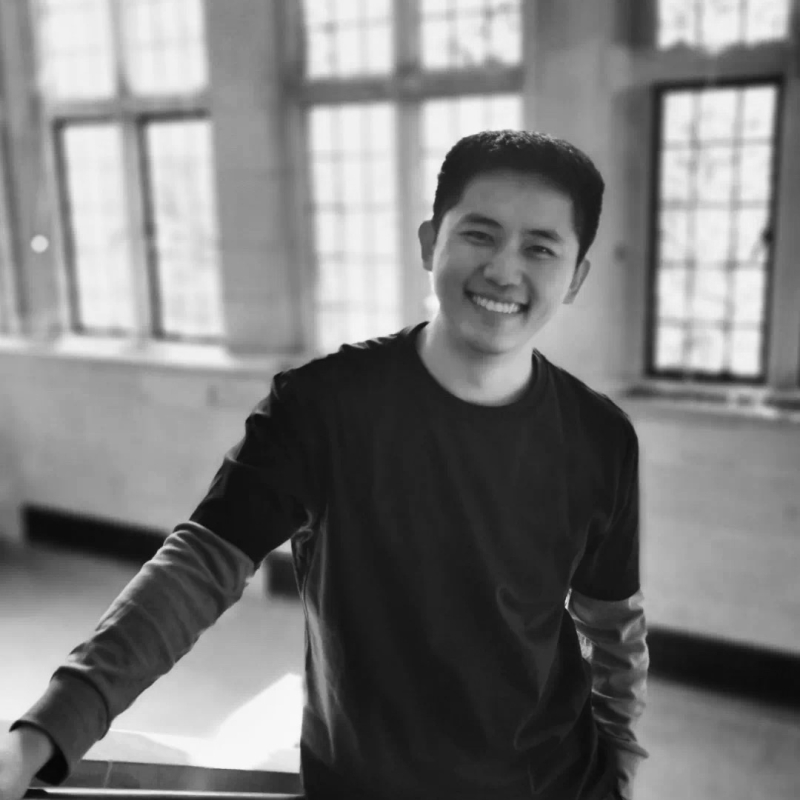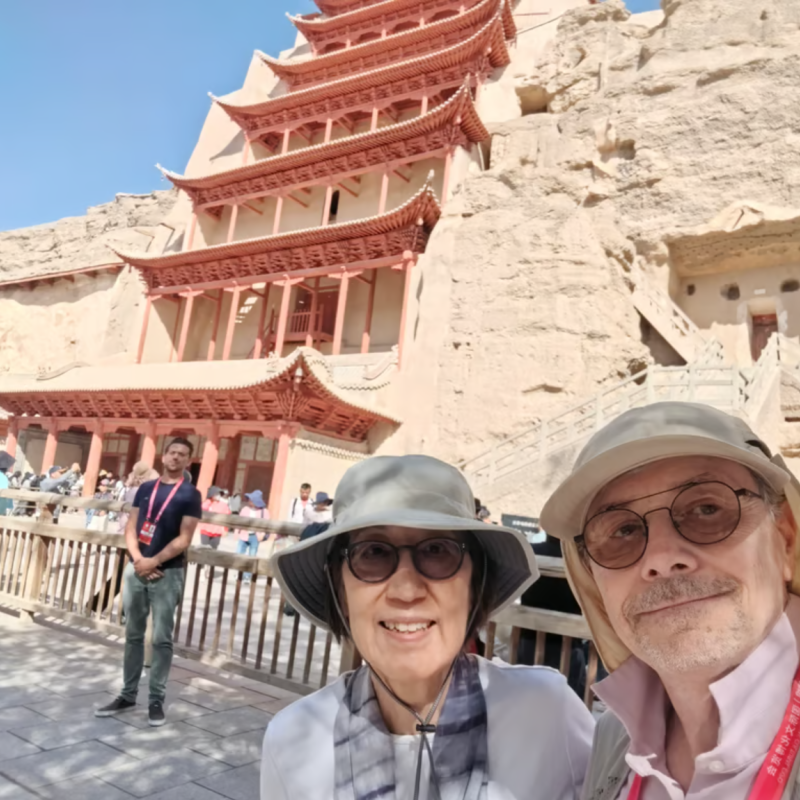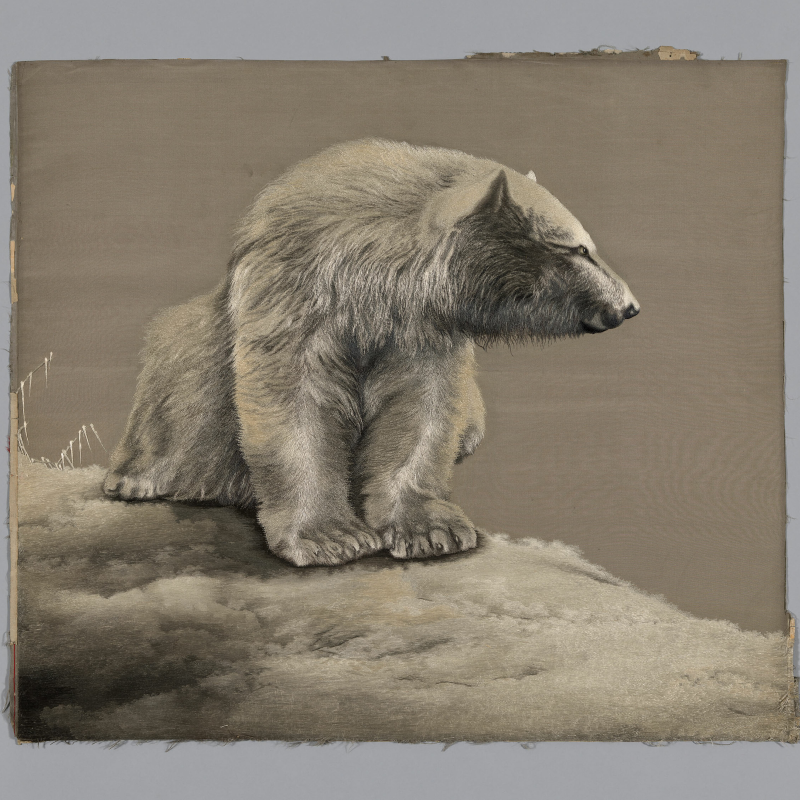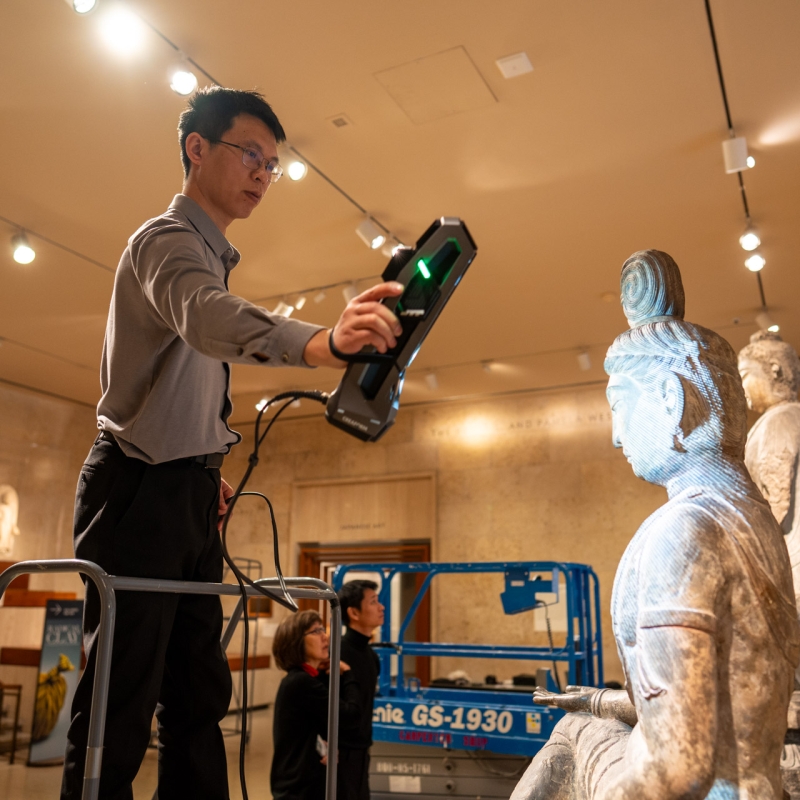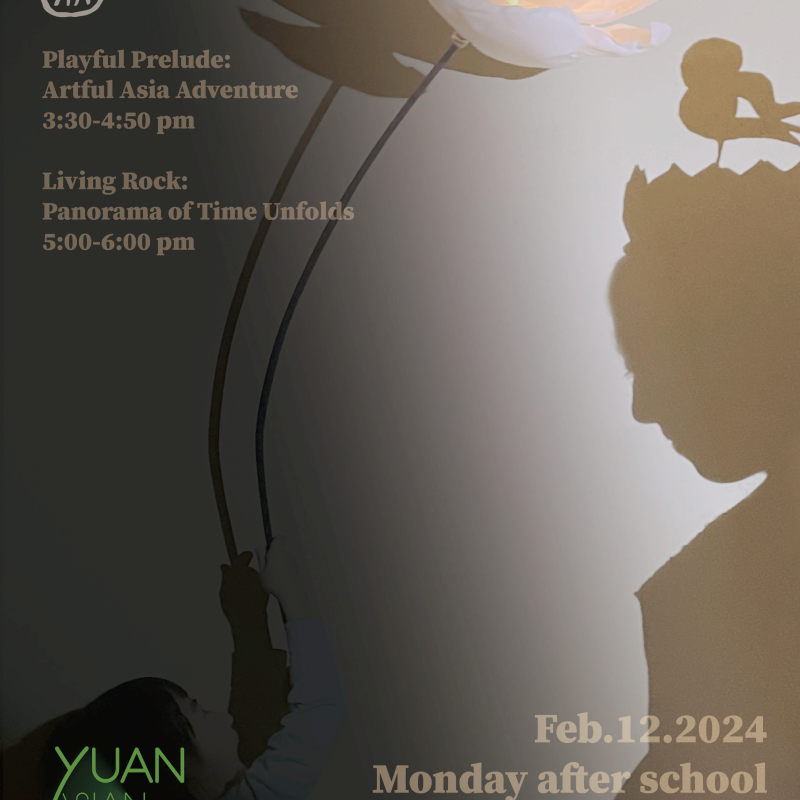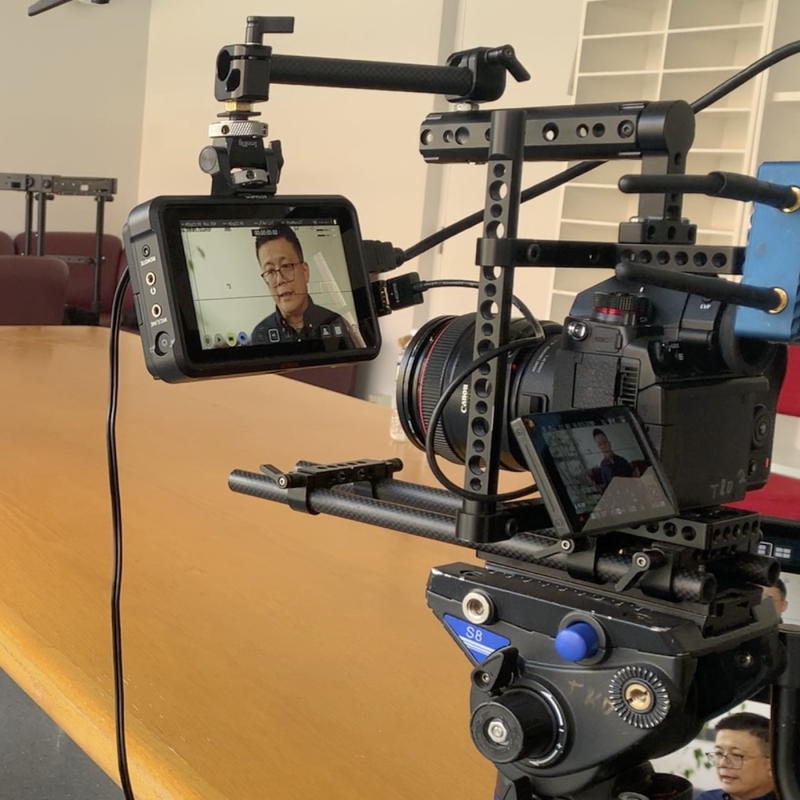Teaching 2nd Graders Buddhist Art: CAEA’s Community Engagement at the Robert Healy Elementary School
June 26, 2023
In celebration of the Asian American and Pacific Islander (AAPI) Heritage Month, the Center for the Art of East Asia (CAEA) partnered with the Robert Healy Elementary School, a Chicago Public School located in Bridgeport neighborhood on the city’s southside, to pilot a lesson on May 17 and 18, 2023 that focused on body language in Buddhist art and the Beijing Zhihua Temple in China.
The project engaged approximately 125 second-grade students. The school has over 70% of students who are Asian, Chinese and/or Chinese descendants. The project provided a unique opportunity for these students to explore the richness of the Chinese cultural heritage through interacting with high quality and visually stimulating materials. The goals of the project were to spark curiosity about the meanings and stories behind Chinese historic objects, and help the students develop visual literacy by understanding the significance of body language in conveying ideas in Buddhist art.
In this 45-minute lesson, CAEA team members guided students in discussing the meaning of mudras (symbolic hand gestures - see photos) in Buddhist art and how they relate to Buddhist teachings. Prior to the CAEA’s visit to the class, students had read a children’s book titled Little Sid: The Tiny Prince Who Became Buddha (2018, First Second, Color/40 pages) sent by the CAEA to learn about the story of the prince’s journey to discovering peace and happiness.
Building on this knowledge, students continued to explore how mudras in Buddhist statues could communicate ideas. At the beginning of the class, students learned about four mudras specifically: Abhaya Mudra (representing getting rid of fear), Bhumisparsa Mudra (representing touching the earth for strength), Dharmachakra Mudra (representing teaching about Buddhism), and Dhyana Mudra (representing meditation).
To further understand the context of the Buddhist statues and their symbolic body expressions, students looked at photographs of sculptures from Beijing Zhihua Temple—images captured by the Center’s faculty, and now part of the CAEA Digital Collections database. Students were invited to practice posing like the statues and consider how they might relate the physical gestures to their meaning. Later, they viewed a 360-degree virtual tour of the digitally restored Wanfo Pavilion at Zhihua Temple, in order to gain a better sense of the type of space where the statues might reside. Students discussed other Buddhist symbols seen in the space, such as the color gold, lotus flowers, and dragons, and asked questions about how some of the artifacts ended up outside of China.
In the final part of the lesson, students reflected on their learning by doing a quick sketching activity of a chosen mudra. Professor Wei-Cheng Lin, director of the CAEA’s Dispersed Chinese Art Digitization Project (DCADP) made a virtual appearance in several of the classes, sharing a bit about his personal journey to becoming an art historian, and talking about and why it was important for him to study Chinese dispersed artifacts.
This project was made possible by the Cyrus Tang Foundation.
